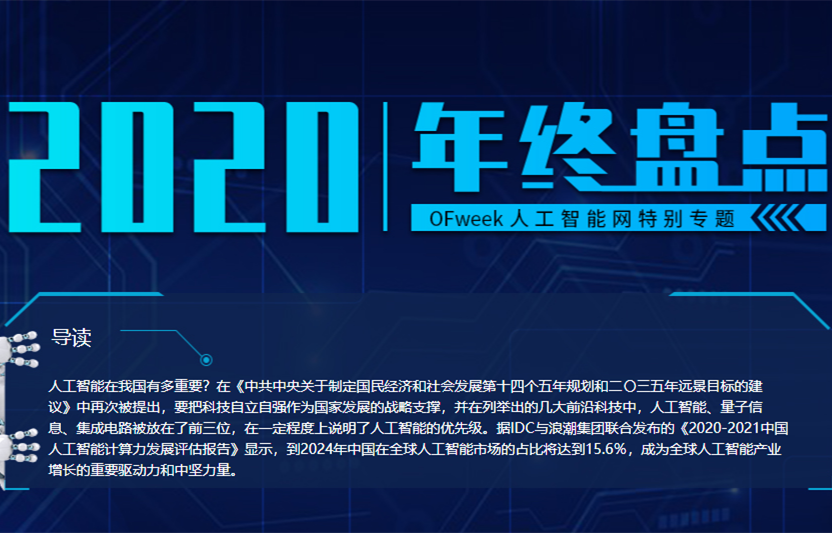Flink未来将与 Pulsar集成提供大规模的弹性数据处理
未来整合
Pulsar可以以不同的方式与Apache Flink集成。一些潜在的集成包括使用流式连接器为流式工作负载提供支持,并使用批量源连接器支持批量工作负载。Pulsar还提供对schema 的本地支持,可以与Flink集成并提供对数据的结构化访问,例如使用Flink SQL作为在Pulsar中查询数据的方式。最后,集成这些技术的另一种方法可能包括使用Pulsar作为Flink的状态后端。由于Pulsar具有分层架构(Streams和Segmented Streams,由Apache Bookkeeper提供支持),因此将Pulsar用作存储层并存储Flink状态变得很自然。
从体系结构的角度来看,我们可以想象两个框架之间的集成,它使用Apache Pulsar作为统一的数据层视图,Apache Flink作为统一的计算和数据处理框架和API。
现有集成
两个框架之间的集成正在进行中,开发人员已经可以通过多种方式将Pulsar与Flink结合使用。例如,Pulsar可用作Flink DataStream应用程序中的流媒体源和流式接收器。开发人员可以将Pulsar中的数据提取到Flink作业中,该作业可以计算和处理实时数据,然后将数据作为流式接收器发送回Pulsar主题。这样的例子如下所示:
// create and configure Pulsar consumer
PulsarSourceBuilder<String>builder = PulsarSourceBuilder
.builder(new SimpleStringSchema())
.serviceUrl(serviceUrl)
.topic(inputTopic)
.subscriptionName(subscription);
SourceFunction<String> src = builder.build();
// ingest DataStream with Pulsar consumer
DataStream<String> words = env.addSource(src);
// perform computation on DataStream (here a simple WordCount)
DataStream<WordWithCount> wc = words
.flatMap((FlatMapFunction<String, WordWithCount>) (word, collector) -> {
collector.collect(new WordWithCount(word, 1));
})
.returns(WordWithCount.class)
.keyBy("word")
.timeWindow(Time.seconds(5))
.reduce((ReduceFunction<WordWithCount>) (c1, c2) ->
new WordWithCount(c1.word, c1.count + c2.count));
// emit result via Pulsar producer
wc.addSink(new FlinkPulsarProducer<>(
serviceUrl,
outputTopic,
new AuthenticationDisabled(),
wordWithCount -> wordWithCount.toString().getBytes(UTF_8),
wordWithCount -> wordWithCount.word)
);
开发人员可以利用的两个框架之间的另一个集成包括将Pulsar用作Flink SQL或Table API查询的流式源和流式表接收器,如下例所示:
// obtain a DataStream with words
DataStream<String> words = ...
// register DataStream as Table "words" with two attributes ("word", "ts").
// "ts" is an event-time timestamp.
tableEnvironment.registerDataStream("words", words, "word, ts.rowtime");
// create a TableSink that produces to Pulsar
TableSink sink = new PulsarJsonTableSink(
serviceUrl,
outputTopic,
new AuthenticationDisabled(),
ROUTING_KEY);
// register Pulsar TableSink as table "wc"
tableEnvironment.registerTableSink(
"wc",
sink.configure(
new String[]{"word", "cnt"},
new TypeInformation[]{Types.STRING, Types.LONG}));
// count words per 5 seconds and write result to table "wc"
tableEnvironment.sqlUpdate(
"INSERT INTO wc " +
"SELECT word, COUNT(*) AS cnt " +
"FROM words " +
"GROUP BY word, TUMBLE(ts, INTERVAL '5' SECOND)");
最后,Flink将批量工作负载与Pulsar集成为批处理接收器,其中所有结果在Apache Flink完成静态数据集中的计算后被推送到Pulsar。这样的例子如下所示:
// obtain DataSet from arbitrary computation
DataSet<WordWithCount> wc = ...
// create PulsarOutputFormat instance
OutputFormat pulsarOutputFormat = new PulsarOutputFormat(
serviceUrl,
topic,
new AuthenticationDisabled(),
wordWithCount -> wordWithCount.toString().getBytes());
// write DataSet to Pulsar
wc.output(pulsarOutputFormat);
结论
Pulsar和Flink都对应用程序的数据和计算级别如何以批量作为特殊情况流“流式传输”方式分享了类似的观点。通过Pulsar的Segmented Streams方法和Flink在一个框架下统一批处理和流处理工作负载的步骤,有许多方法将这两种技术集成在一起,以提供大规模的弹性数据处理。

最新活动更多
-
3月27日立即报名>> 【工程师系列】汽车电子技术在线大会
-
4月1日立即下载>> 【村田汽车】汽车E/E架构革新中,新智能座舱挑战的解决方案
-
即日-4.22立即报名>> 【在线会议】汽车腐蚀及防护的多物理场仿真
-
4月23日立即报名>> 【在线会议】研华嵌入式核心优势,以Edge AI驱动机器视觉升级
-
4月25日立即报名>> 【线下论坛】新唐科技2025新品发布会
-
5月15日立即下载>> 【白皮书】精确和高效地表征3000V/20A功率器件应用指南











 分享
分享















发表评论
请输入评论内容...
请输入评论/评论长度6~500个字
暂无评论
暂无评论